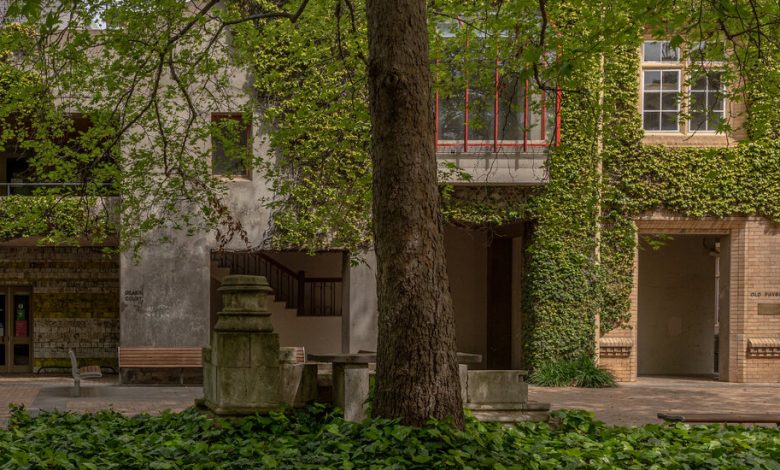Indigenous Authors and the Challenge of Telling Their Own Story

The Australia Letter is a weekly newsletter from our Australia bureau. Sign up to get it by email. This week’s issue is written by Julia Bergin, a reporter based in the Northern Territory.
Eyes closed, head raised, leaning back against the polished stone of the Old Physics Building on the campus of the University of Melbourne, Marie Elena Ellis paused briefly to breathe in the sunshine before heading back indoors to resume talking about publishing.
Ms. Ellis, a Central Australian Arrernte and Warlpiri author and publisher, recently joined a six-month fellowship program with the University of Melbourne, both to to learn about mainstream Western publishing and to offer other participants the context of an Indigenous approach to the same activity.
One challenge? Getting used to being inside so much.
“I’m not used to sitting in a dog box,” said Ms. Ellis, as she showed a room of Melbourne academics pictures of her own “office” back home — the Ilparpa Claypans wilderness reserve, all red dirt and shallow water. “There I can think,” she said.
The goal for the University of Melbourne, said Sandra Phillips, a publishing professor and Wakka Wakka and Gooreng Gooreng woman, is that the two-way exchange will help the mainstream publishing industry examine its own assumptions and practices.
While many fundamentals of publishing are common to both Indigenous and non-Indigenous publishers, the methods are not, according to Dr. Phillips. Concepts of time, relationships, power, and agency are all perceived differently.
For instance, Ms. Ellis said, a non-Indigenous publisher might say “this book won’t sell” with a certain cover or title, while for an Indigenous publisher, such decisions belong to the author: “We say, ‘I don’t care, that’s my story. And I’m going to tell it and show it my way.’”



